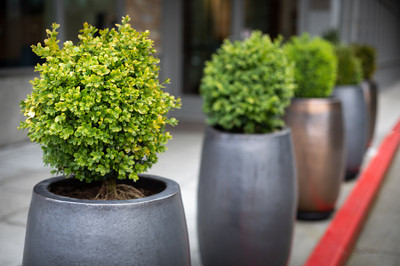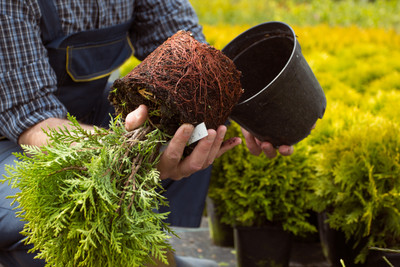Create a Cozy Sun Room Using Planters
Posted by Jason Wyrwicz on Aug 6th 2024
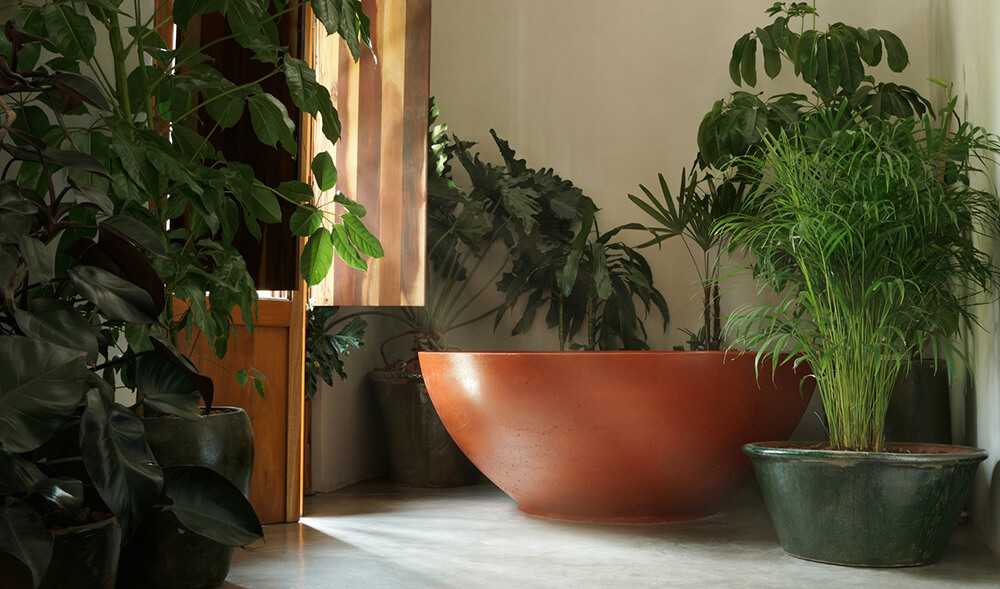
A sun room, also known as a garden room or a patio room is truly the best of both worlds for anyone who enjoys the sun, but not particularly the outside. It allows you to get in that vitamin D while being protected from overwhelming heat and insects like mosquitoes. Typically used for entertaining guests or as a place to relax, sun rooms are a great addition to any home.
While not quite the same as a greenhouse, a sun room can also serve as a place to grow your plants and give them access to constant light while protecting them from the potentially harmful weather conditions, such as excessive heat. But, which plants are the best for that? And which planters will go best with them? We’ll explore all of that below.
What Plants to Add to Your Sun Room?
Since a sun room typically has quite a bit of direct and indirect sunlight, it’s important to do proper research when choosing which plants to add there - not all plants like light, in fact, some of them even thrive when they’re put in the shadow, and being in light can significantly damage them.
To make it a bit easier on you, we did the research for you, and compiled all of our favorite plants that will grow well when put in a sun room in a list.
Aloe Vera
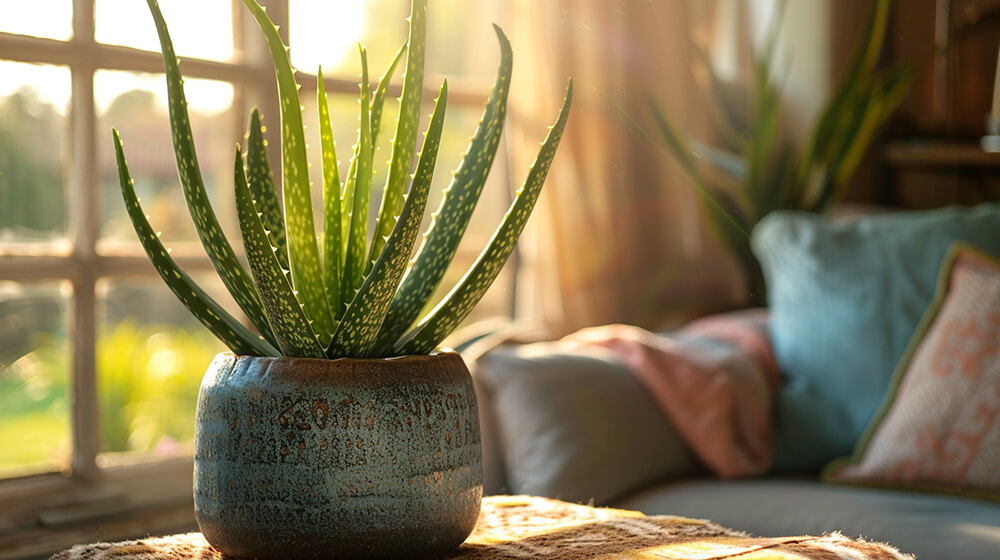
You could say a classic in the plant world, aloe vera love bright, indirect sunlight. Typically kept on kitchen windowsills, they will do more than fine in a sun room. Be careful, however, to not put it too close to the window glass, as you might accidentally burn your plant.
Depending on the weather, you should water your aloe vera plant once a week - unless it’s very hot where you are, then increasing it to two times a week should be beneficial. Aloe veras are a rather thirsty plant, so don’t hesitate to give it a good soak.
Keeping a potted aloe vera in your sun room not only adds greenery and vibrancy to the room, but it also gives you constant access to this very beneficial plant - it can be used for sunburns, treating wounds, as a moisturizer, has anti-inflammatory properties, can be used on your hair to make them nice and shiny again - the possibilities are endless.
Planters to consider: Aloe vera can grow up to 2 feet of height, so you don’t need an extra large planter for it. Instead, we would recommend taking a look at any of the round or rectangular planters, as they tend to be slightly smaller yet still have enough room for your aloe vera’s roots to grow comfortably.
Snake Plant
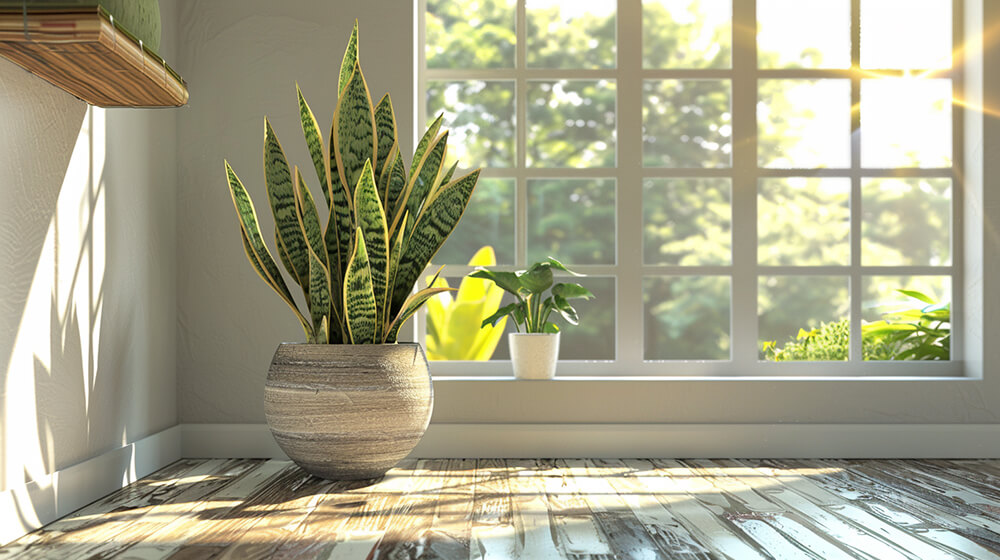
Snake plant is another great option for your sun room - not only because of its aesthetic appeal, but also because it acts as an air purifier, improving the overall quality of your indoor air by removing impurities from it.
Snake plants thrive when given access to a lot of sunlight, so they’re the perfect choice for any room that gets plenty of it. They also aren’t that demanding when it comes to water - watering them every two weeks or when you notice the top of soil is dry will be more than enough.
Planters to consider: Snake plants tend to grow quite big, so it might be best to consider using large planters for them.
Dragon Tree
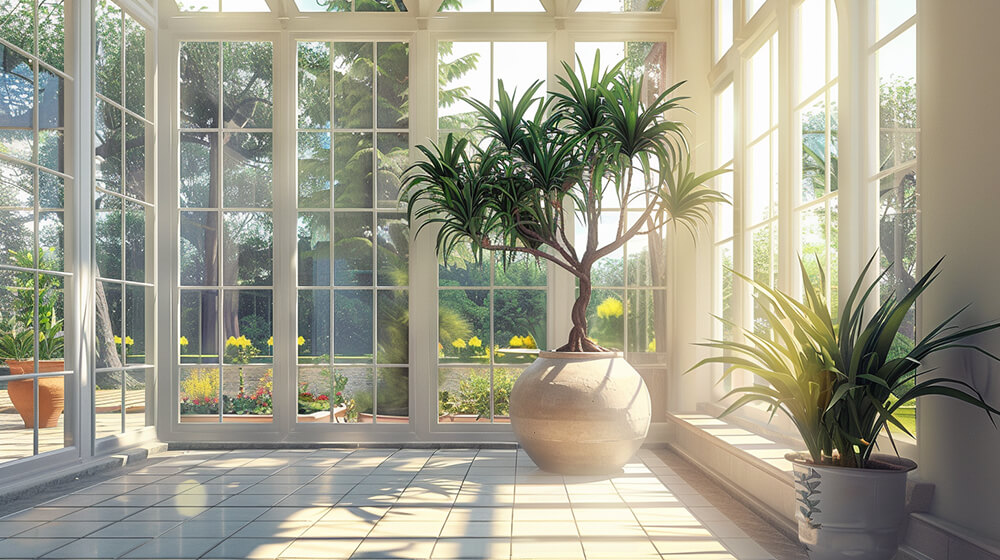
If you’re not sure if you’ll be able to keep a plant alive (aka have a “black thumb”) then a dragon tree could be a great “trial run”. They are a more forgiving plant species and many times thrive even when forgotten - plus, it has a drought resistant nature, meaning that even if you skip watering it for some reason, it won’t affect it as much as plants that require their soil to be constantly moist.
Planters to consider: Dragon trees can grow very big, so we would recommend taking a look at large or extra-large indoor planters. Most times, however, owners will keep pruning them to keep them at a reasonable height when grown inside.
Hibiscus
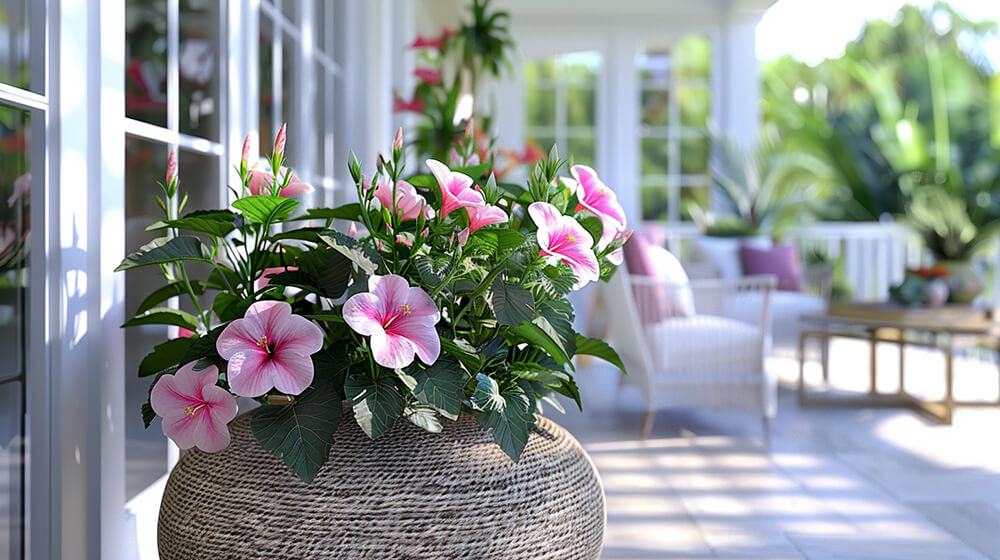
If there’s one plant that simply thrives when put in sunrooms it's hibiscus - that’s because they require a lot of light, but at the same time they don’t like wind. They also grow well in planters, as long as they have enough water and are generally taken care of properly.
Speaking of water, they need to be watered regularly. They like to have their soil moist at all times, but not wet. And how do you know which one is it? Well, if the soil is wet, then a bit of water will seep out when you squeeze it. That’s how you’ll know it is not time yet for another watering.
Planters to consider: A hibiscus plant is not that big once it reaches its full size, so truthfully any patio planter should be more than enough.
African Violet
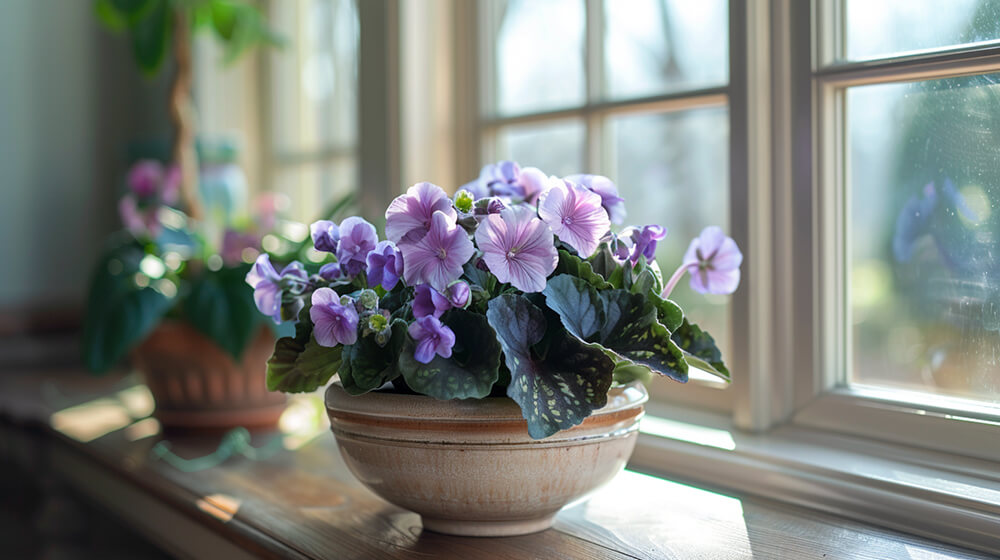
If you want a flowering plant that blooms several times a year, African violet might be the right choice - as long as you care for it properly. These plants grow better when they’re grouped together rather than in separate pots, so if you’re thinking of getting it, consider getting at least two or three.
African violets like bright, indirect sunlight. If your plant has a light green color, then it needs to be moved to a place with less sunlight access, while the leaves are dark green, it means that you need to give it more light.
As for watering, the soil should be kept moist. Another thing is that the water shouldn’t touch the plant’s leaves, so if you like watering your plants from above, it might be best not to do it in this case. Light misting is fine, but nothing more than that.
Planters to consider: As mentioned already, African violets grow better when potted in groups rather than individually, so we would actually advise getting any of the bigger planters (both indoor and outdoor planters work for sun rooms), as then you will have the space to add more if you decide to along the way.
Sun Room Ideas - The Bottom Line
A sun room could be a great addition to your home if you want to have a room where you’ll be able to enjoy the view of your garden while still having access to air conditioning. It’s truly the best of both worlds for those who might not enjoy the heat but still want to take advantage of the sunlight.
As you can see, however, a sun room is also a good place to grow plants. There are plenty of varieties that will thrive when kept in there, but there are also many that won’t, so make sure to do your research beforehand.


